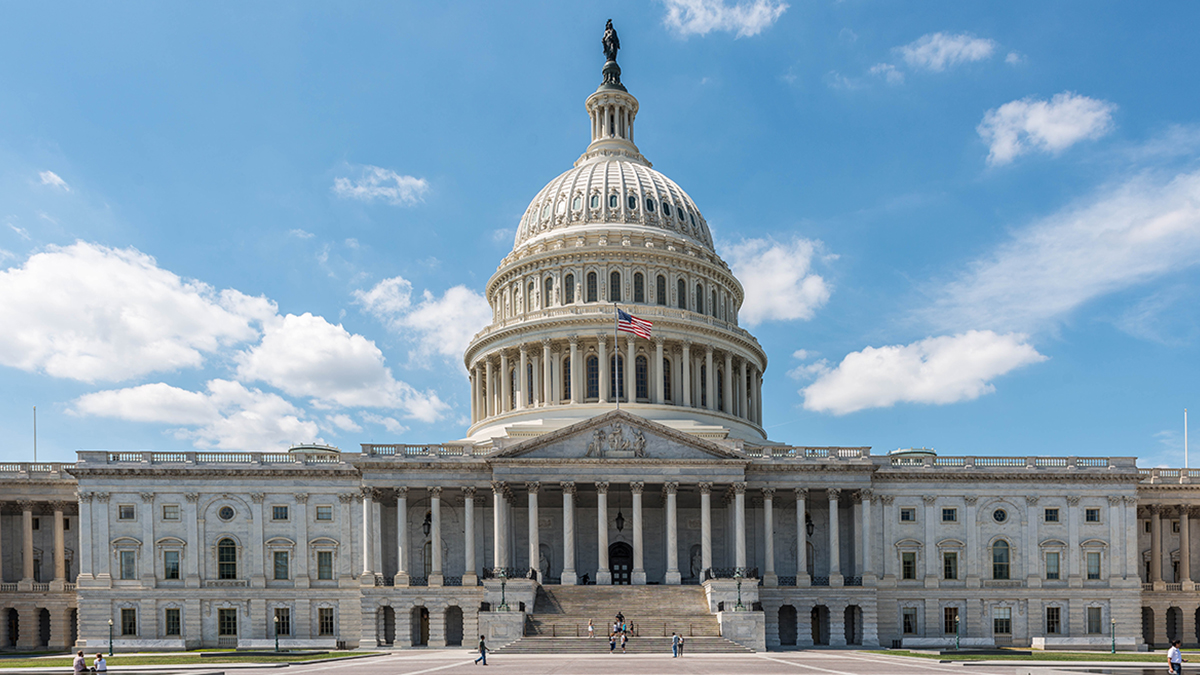Oil and gas lease sales across four states bring in millions – the Department of Interior is still at work during the government shutdown!
The Bureau of Land Management (BLM) held lease sales this past month in Louisiana, Michigan, Mississippi, and Utah which brought in $22.8 million. The revenue on 20 parcels that total over 20,300 acres in these four states will be distributed to federal accounts and state coffers. More than $14 million came from a lease sale in Louisiana and over $8 million came from leases in Utah. The leases in Mississippi earned less than $7,500, while the sale in Michigan earned $4,140.
Additionally this year, the bureau netted about $58 million in a July lease sale in New Mexico, as well as roughly $39 million in the first quarter for sales in Wyoming, Montana, North Dakota, New Mexico, and Nevada. The last time the bureau earned money over the course of a calendar year on an initial oil or gas lease sale — known as a “bonus bid” — in Utah was in 2020, when officials brought in around $66,000, according to federal statistics.
The BLM touted the recently passed Big Beautiful Bill that President Donald Trump signed into law in July. That law reduced federal onshore oil and gas lease royalty rates from 16.67 percent to 12.5 percent. Royalty rates are a percentage of total revenues that the government charges to extract resources from public lands. This is expected to spur additional leasing and drilling activity, which in turn supports increased domestic energy production and strengthens U.S. energy security.
Since the U.S. Congress failed to approve a funding bill by October 1, 2025, many parts of the government will be forced to halt their activities and shut down.
However, the Department of Interior will designate employees who process drilling permits and focus on oil and critical minerals issues as essential workers, enabling them to stay on the job during the shutdown. The move, which would align with President Donald Trump’s declaration of an “energy emergency” on his first day in office, would keep a significant number of Interior’s Bureau of Land Management’s roughly 10,000 employees at work.





